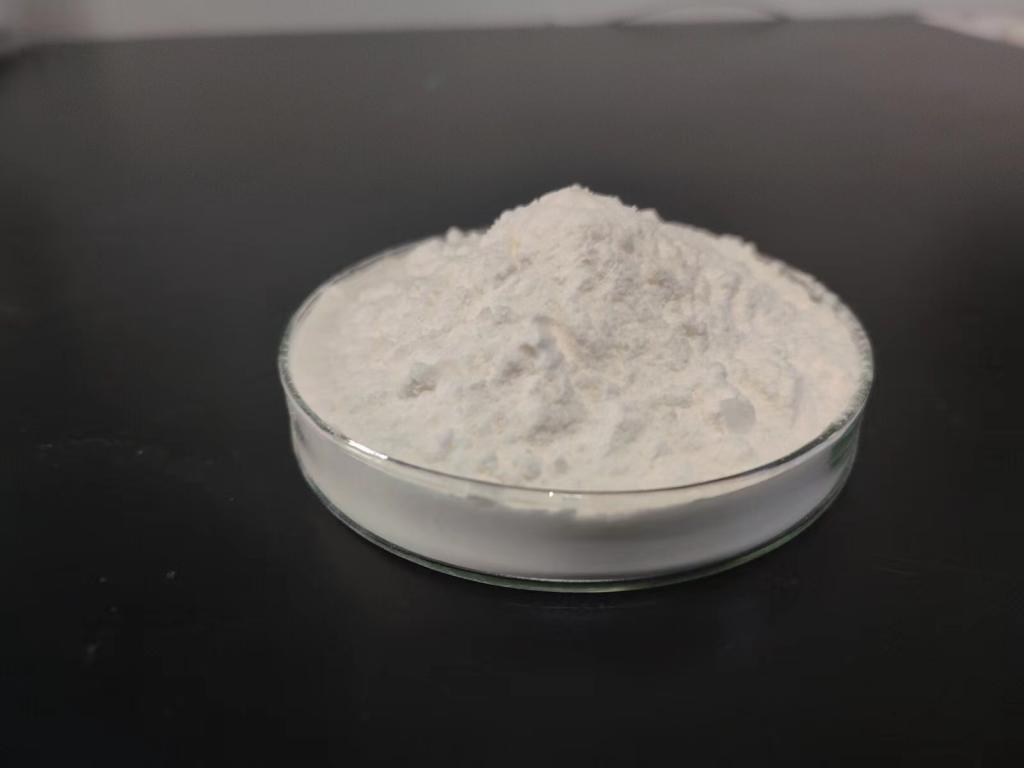Tel:0086 18231198596

News
Sustainable Approaches in Food Packaging: The Influence of ε-Polylysine Hydrochloride
TIME:2024-03-15
Understanding Sustainable Food Packaging
Sustainable food packaging aims to minimize environmental impact throughout the packaging lifecycle, from raw material sourcing and production to disposal and recycling. Key principles of sustainable food packaging include:
Material Selection: Choosing renewable, biodegradable, or recyclable materials that minimize environmental footprint and reduce reliance on finite resources.
Energy Efficiency: Optimizing packaging design and manufacturing processes to reduce energy consumption and greenhouse gas emissions.
Waste Reduction: Minimizing packaging waste through lightweighting, source reduction, and recyclability to promote circularity and reduce landfill waste.
Safety and Performance: Ensuring that sustainable packaging materials maintain food quality, safety, and functionality throughout the supply chain.
ε-Polylysine Hydrochloride as a Sustainable Packaging Material
ε-Polylysine hydrochloride (ε-PL) is a natural antimicrobial agent produced by fermentation of Streptomyces albulus. It is composed of a chain of lysine amino acids and exhibits broad-spectrum antimicrobial activity against bacteria, yeasts, and molds. ε-PL has been widely used as a food preservative to inhibit microbial growth and extend shelf life in various food products.
In recent years, ε-PL has gained attention as a sustainable alternative for food packaging due to its unique properties and environmental benefits:
Antimicrobial Properties: ε-PL's antimicrobial activity helps inhibit the growth of spoilage microorganisms and pathogens in packaged foods, reducing the need for chemical preservatives and extending product shelf life.
Biodegradability: Unlike conventional plastics, ε-PL is biodegradable and can be broken down by natural processes into harmless byproducts, reducing environmental pollution and waste accumulation.
Renewable Source: ε-PL can be produced from renewable sources, such as fermentation substrates derived from agricultural byproducts or biomass, making it a sustainable alternative to petroleum-based plastics.
Compatibility with Food: ε-PL is generally recognized as safe (GRAS) for use in food contact materials and packaging, ensuring that it does not impart any harmful substances or flavors to packaged foods.
Influence of ε-Polylysine Hydrochloride on Sustainable Food Packaging
Extended Shelf Life: Incorporating ε-PL into food packaging materials helps inhibit microbial growth and delay food spoilage, extending the shelf life of packaged products and reducing food waste.
Reduced Food Waste: By maintaining food quality and safety for longer periods, ε-PL-based packaging can help reduce food waste at the consumer level, contributing to sustainability goals and resource conservation.
Eco-friendly Disposal: ε-PL-based packaging materials are biodegradable and can be disposed of through composting or other environmentally friendly methods, minimizing environmental impact and promoting circularity.
Enhanced Safety and Quality: ε-PL's antimicrobial properties help ensure the safety and quality of packaged foods by reducing the risk of contamination and microbial growth during storage and transportation.
Challenges and Considerations
While ε-polylysine hydrochloride shows promise as a sustainable packaging material, several challenges and considerations must be addressed:
Cost and Scalability: The production of ε-PL-based packaging materials may require investment in specialized equipment and production processes, potentially increasing production costs compared to conventional plastics. Manufacturers must assess the economic viability and scalability of ε-PL-based packaging solutions to ensure market competitiveness.
Regulatory Approval: Regulatory approval and compliance requirements may vary depending on the intended use and application of ε-PL-based packaging materials. Manufacturers must ensure that ε-PL meets safety and regulatory standards for food contact materials in different jurisdictions.
Performance and Compatibility: ε-PL-based packaging materials must meet performance requirements for barrier properties, mechanical strength, and shelf stability to ensure suitability for various food products and packaging applications. Compatibility with existing packaging equipment and processes is also important for seamless integration into production lines.
Consumer Acceptance: Consumer acceptance of ε-PL-based packaging materials may depend on factors such as familiarity, perception, and convenience. Educating consumers about the environmental benefits and safety of ε-PL-based packaging can help promote acceptance and adoption of sustainable packaging solutions.
Conclusion
ε-Polylysine hydrochloride (ε-PL) holds promise as a sustainable alternative for food packaging, offering antimicrobial properties, biodegradability, and compatibility with food safety standards. By incorporating ε-PL into packaging materials, manufacturers can extend shelf life, reduce food waste, and minimize environmental impact throughout the packaging lifecycle. However, addressing challenges related to cost, scalability, regulatory approval, and consumer acceptance is essential for realizing the full potential of ε-PL in sustainable food packaging. By embracing ε-PL and other innovative materials, the food packaging industry can move towards a more sustainable and environmentally friendly future.

 CONTACT
CONTACT




